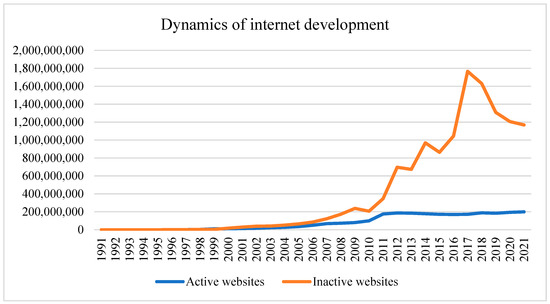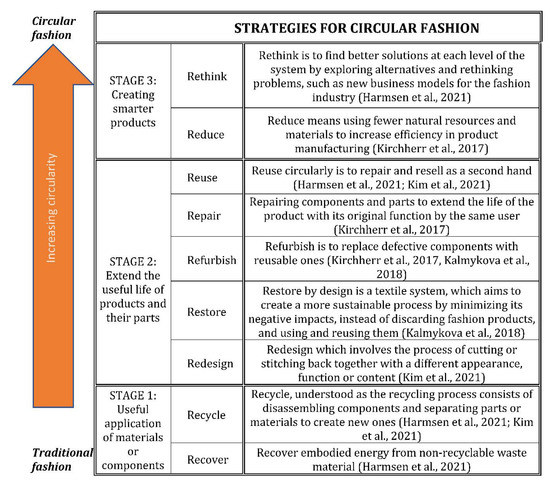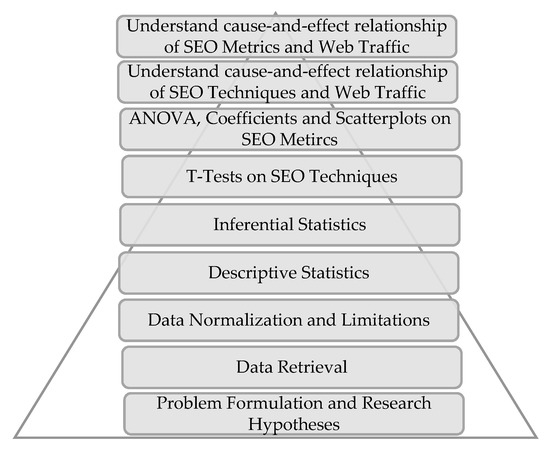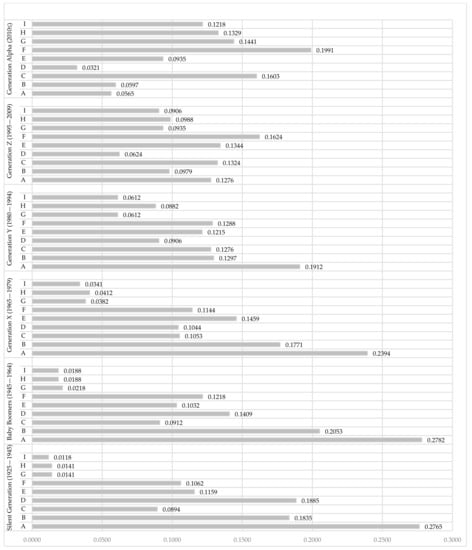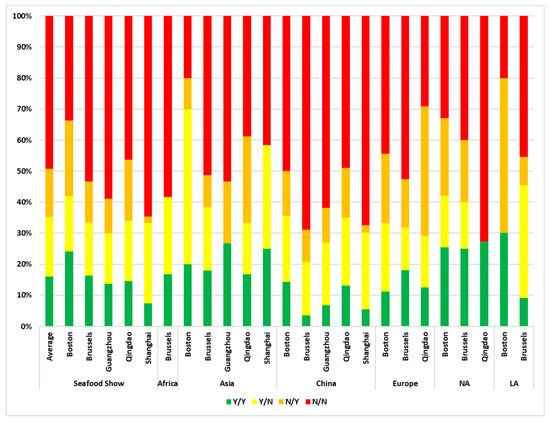Advertising and Sustainable Development
A topical collection in Sustainability (ISSN 2071-1050). This collection belongs to the section "Economic and Business Aspects of Sustainability".
Viewed by 71155Editors
Interests: consumer behaviour; advertising; neuromarketing; green marketing and social media marketing; the effectiveness of humorous advertising; the use and effectiveness of minimal advertising; consumer engagement in social media; the use of emotions in political communication
Interests: consumer behaviour; advertising; neuromarketing; green marketing and social media marketing; the effectiveness of humorous advertising; the use and effectiveness of minimal advertising; consumer engagement in social media; the use of emotions in political communication
Topical Collection Information
Dear Colleagues,
In the last two decades, there has been a growing interest in green and sustainable advertising in the western world. Given that, at our current levels of consumption, the planet cannot sustain us, marketing—the traditional mainstay for both consumer culture and overconsumption—has been coming under fire (McDonagh and Prothero 2014). Hence, green and sustainable marketing and advertising have been standing out as a contemporary business trend. On one hand, green and sustainable advertising has the mission to retrieve marketing’s lost esteem in the eyes of the consumers, leading them to undertake more sustainable behaviors. On the other hand, it tries to minimize the “green gap”; that is, the difference between what consumers believe that should be done to protect and improve the environment and what they actually do in this direction (McNally 2011).
Sustainability is a megatrend of our time and we uphold that marketing and advertising can significantly contribute to the solution of environmental problems and their social consequences (see the developmental school of thought) (Mittelstaedt et al. 2014). Although a growing body of literature investigating green and sustainable advertising is emerging (Kim et al. 2020; Diez-Martin et al. 2019; Minton et al. 2012; Moon et al. 2017), there are many important areas that still need to be researched. The scope and the purpose of the present Special Issue are to bring together current research on how advertising can contribute to establishing social norms, such as recycling and eco-buying behavior, green and ethical consumption, sustainable lifestyle, and support of sustainable tourism destinations (see also Young et al. 2000). Moreover, the Special Issue aims to identify the best practices in green and sustainable advertising, communication and branding, such as the use of sustainable advertising media, eco-labels, and sustainable advertising/packaging materials.
Suggested topics include, but are not limited to:
- The use and the effectiveness of green advertising.
- Cross-cultural differences in demand for green advertising.
- Sustainable marketing and social media communications.
- Digital marketing and sustainability.
- Sustainable advertising media.
- Advertising strategies for green brands.
- Advertising strategies for sustainable tourism destinations.
- Advertising of products originating from sustainable tourism destinations.
- The use and the effectiveness of eco-labels in advertising.
- Sustainable advertising materials (e.g., PVC-free and recycled banners, gifts, flyers, and billboards).
- Sustainable packaging materials (e.g., ecologically friendly packaging supplies, practices, and design).
- Green brands and sustainability branding.
Assist. Prof. Dr. Leonidas Hatzithomas
Prof. Dr. Christina Boutsouki
Guest Editors
Manuscript Submission Information
Manuscripts should be submitted online at www.mdpi.com by registering and logging in to this website. Once you are registered, click here to go to the submission form. Manuscripts can be submitted until the deadline. All submissions that pass pre-check are peer-reviewed. Accepted papers will be published continuously in the journal (as soon as accepted) and will be listed together on the collection website. Research articles, review articles as well as short communications are invited. For planned papers, a title and short abstract (about 100 words) can be sent to the Editorial Office for announcement on this website.
Submitted manuscripts should not have been published previously, nor be under consideration for publication elsewhere (except conference proceedings papers). All manuscripts are thoroughly refereed through a single-blind peer-review process. A guide for authors and other relevant information for submission of manuscripts is available on the Instructions for Authors page. Sustainability is an international peer-reviewed open access semimonthly journal published by MDPI.
Please visit the Instructions for Authors page before submitting a manuscript. The Article Processing Charge (APC) for publication in this open access journal is 2400 CHF (Swiss Francs). Submitted papers should be well formatted and use good English. Authors may use MDPI's English editing service prior to publication or during author revisions.
Keywords
- green advertising
- sustainable advertising media
- green products
- sustainable destinations
- sustainable materials







